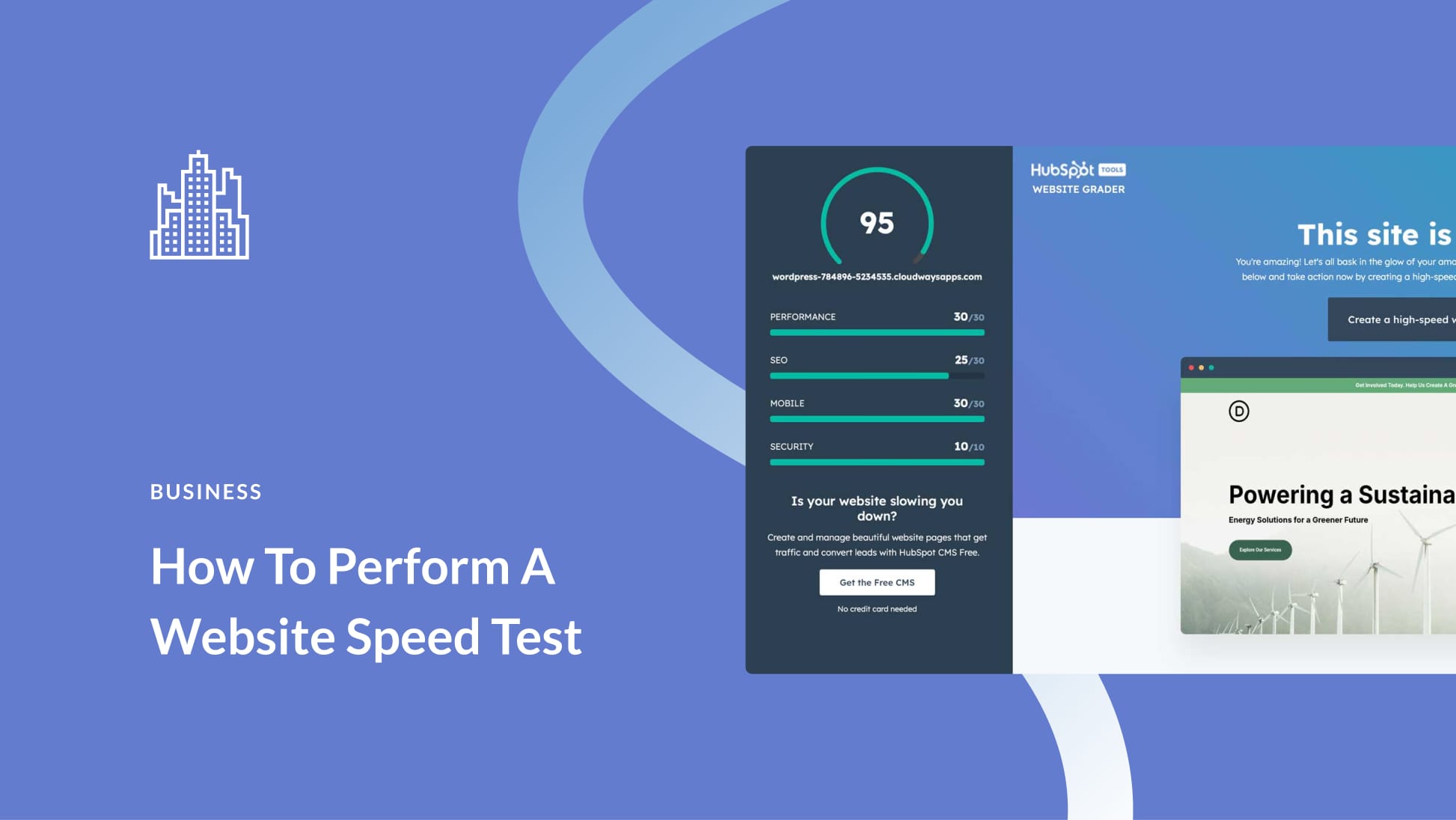What is business casual? The answer is different for different people, not just because of personal style and comfort, but because of the nature of modern work setups. Today, people work in a variety of ways, including in the office full time, traveling for work or working while traveling, working from home (and newly adjusting to the WFH lifestyle), remote work with appearances at office meetings or professional conferences, cross-continent video collaboration, etc. The rules are shifting and blurry, and it’s hard to know if you’re under- or over-doing it when it comes to how you present yourself.
While you may not be sure how to answer, “What is business casual?” you probably know what it doesn’t mean, i.e., you can skip the heels or tie if you want, and you probably shouldn’t show up in shorts. But what do you wear? And what about the rest of your appearance and your “this is how I show up to work” vibe in general?
Contrary to popular belief, “business casual” is not the same as “wear whatever you want.” Your appearance doesn’t reflect your actual level of competence and credibility, but it does reflect how others perceive those (and other) qualities. How you present yourself tells people a lot, and it helps others form a more thorough picture of who you are and your potential – make sure you’re influencing that in the correct way.
- 1 What is Business Casual? 5 Best Practices
- 2 What is Business Casual for Men?
- 3 What is Business Casual for Women?
- 4 What is Business Casual? Gray Areas and What Not to Wear
- 5 What is Business Casual Compared to Business Formal?
- 6 What is Business Casual for an Interview?
- 7 Final Thoughts About What is Business Casual
What is Business Casual? 5 Best Practices
We’ll break down the unofficial rules of business casual for men and women, including what not to wear, but before we get into the details, know these best practices:
1. A pillar of business casual is comfort. If you’re not comfortable, you won’t appear casual, no matter what you’re wearing. And, in part, that will defeat the purpose of relaxed appearance rules. Employers opt for a business casual dress code because employees can look professional while exuding a warm, relaxed, confident vibe, which is especially important when dealing with customers, clients or partners.
2. Business casual does not equal sloppy, under any circumstances. You can be casual and also be clean, ironed and neat. Your clothing should be in good shape, tucked in (for women, that depends on the style), well-fitting, etc.
3. Business casual clothing shouldn’t reveal too much skin. For example, don’t show off your midriff or too much of your back. And even with full-coverage, clothing shouldn’t be skintight.
4. Professional grooming is part of business casual. Aside from both men and women being clean and neat (which should be givens), men have to groom their facial hair, including sideburns. Basically, even if you’re going to have some facial hair, you can’t forgo shaving completely.
5. Women should avoid wearing makeup and nail polish that’s very dramatic or bright, and in general, light, natural-looking makeup is more business-appropriate than heavy makeup.
Now, let’s get into what business casual means for men and women.
What is Business Casual for Men?
Here are the elements of a business casual wardrobe for men. Some are must-haves, while others are suggestions.
- Shirt: Long-sleeve button-down shirts in a variety of colors. White is the most formal, so you can skip white for business casual. As mentioned above, it should always be wrinkle-free.
- Blazer: Having a blazer (or a few) isn’t a necessity, but it’s a nice touch, and it’s more casual than a suit jacket. A blazer is a less-structured and looser version of a suit jacket. It doesn’t come with a matching pair of pants like a suit jacket does, so you can wear it with any number of outfits. Alternatively, you can wear a sport coat in colder weather – a sport coat fits looser than a blazer and is made of heavier material, perfect for layering over a sweater during the fall or winter.
- Pants: Flat-front khakis or trousers in a material that won’t easily wrinkle (for example, linen is a no-no). Wear cotton in warmer weather and wool when it’s cooler. When it comes to pant length, they should reach the top of the shoe or just beyond it without bunching.
- Socks:Always wear dark dress socks instead of athletic socks. It’s fine if they’re fun or patterned.
- Shoes: Formal shoes, loafers or ankle boots in leather or suede. Don’t wear boat shoes or sneakers.
- Accessories: Wear a coordinating leather belt in black or brown. A wristwatch is a nice addition if you have a decent one (not one that looks too rugged or sporty). Unless you know for sure it’s the norm, don’t wear a lot of jewelry – for example, don’t layer bracelets and wear a bunch of chunky rings.
- Outerwear: Weather-appropriate sweaters, jackets, trench coats or peacoats. Don’t wear sweatshirts or athletic jackets.
A Quick Note About Color Choice
When choosing your business casual wardrobe, stick to earth tones and neutrals, not including white. Safe colors include gray, black, tan, brown, dark blue and dark green. Avoid camouflage, pastels and vibrant colors.
What is Business Casual for Women?
Here are the elements of a business casual wardrobe for women:
- Shirt: Blouses, plain shirts, polos, cardigans, sweaters or turtlenecks. Sleeveless shirts are okay if they have a collar, and you may want to pair a sleeveless top with a cardigan, blazer or jacket. Choose monotone colors or non-outrageous patterns.
- Pants: Corduroy pants, dress pants, khakis or trousers in gray or black. Your company may be okay with cropped pants, too.
- Dresses and Skirts: They should fall three inches above the knee or longer. Avoid sundresses – the material is too thin and light to be professional.
- Hosiery and Socks: You can wear hosiery or tights if you want, but it’s not crucial. For socks, stick with formal ones instead of athletic ones.
- Shoes: Close-toe flats, open-toe formal shoes, leather shoes or heels. Don’t wear flip flops, sandals, sneakers or casual boots. In general, your business casual shoes should cover most of your foot.
- Accessories: Light jewelry and a simple purse. If you wear a shirt tucked into trousers, wear a coordinating belt. Scarves are fine to wear but stick with the same color and pattern recommendations as shirts.
- Outerwear: Weather-appropriate sweaters, jackets, trench coats or peacoats. Don’t wear sweatshirts or athletic jackets.
What is Business Casual? Gray Areas and What Not to Wear
There are a few iffy clothing items that are sometimes okay – and sometimes not. Here are the business casual gray areas, plus a list of pieces you should never wear.
Polos
There’s a bit of a gray area when it comes to wearing a polo for business casual, particularly for men. If you’re absolutely sure polos are fine for your job’s business casual attire, then it’s okay. It’s also okay if you’re at a casual work event, like an office BBQ. In general, though, when you wear a polo, you run the risk of looking too casual in a room full of more structured business casual attire. Women, on the other hand, can almost always get away with a polo, especially if it’s well-structured.
Jeans
Jeans are another gray area. Blue jeans with holes in the knees? Of course not. However, your job may be fine with tailored jeans in gray, black or very dark blue, so it’s a judgment call.
Sneakers
For the most part, sneakers are on the “never” list for both men and women, but there is an exception: sneakers made of canvas or leather may be okay if your workplace veers to the more casual side of business casual and if they look more shoe than athletic sneaker.
Ties and Cufflinks
You’re not at all required to wear a tie when dressing business casual, but you can if you want to. If you wear a tie with your shirt, you’re not required to wear a jacket, and if you wear a blazer or sport coat, don’t feel pressure to wear a tie. Same goes for cufflinks – they aren’t necessary, but if you like them, go for it.
Hats
For both men and women, don’t wear a head covering or hat, aside from those for cultural or religious purposes.
What Not to Wear
Here’s a list of clothing items that you should definitely not wear:
- Anything with a big logo
- Athletic wear
- Bright and neon colors
- Clashing colors
- Flashy patterns
- Lycra or Spandex
- Offensive graphics or words
- Over-flowy, oversized or very loose clothing
- Shorts
- Sweatpants or sweatshirt/sweatpants material
- Tank tops or strapless tops
- Visible bra straps or underwear
What is Business Casual Compared to Business Formal?
Wondering how business casual is different from business formal? For men, business formal calls for the following:
- Matching suit and tie
- Suit colors can only be dark gray, black or dark blue
- Shirt in white, cream or another light color
For women, business formal means the following:
- Matching suit in dark gray, black or dark blue
- Shirt in white, cream, black, blue or another subdued color
- Shirt in monotone color or a simple pattern
- Close-toe, low-heel shoes in dark gray, black or dark blue
If you’re still unclear about whether you’re on the right or wrong side of business casual, ask yourself this question: are you dressed professionally enough to attend a meeting with your boss or a client? If the answer is “no,” give your look a boost. And when you know you have a business lunch or client meeting on the schedule, err on the side of more formal.
What is Business Casual for an Interview?
Unless you know for sure that your interview attire should be business formal, it’s fine to wear business casual. But since you want to make a good impression, you have to lean toward more-formal business casual, even if the company’s regular dress code is on the more relaxed side. For example, wear a blouse or button-down instead of a polo. If you show up dressed more formally than the interviewer, don’t worry about it – you have to impress them, not the other way around, and dressing nicely is a great start to making a winning first impression.
Final Thoughts About What is Business Casual
Up until now, you may have only had two speeds: lounge and professional wear. Even if you add athletic wear, weekend attire and dressing up for going out to the list, you may still be lacking enough business casual items to put together an entire work wardrobe. You’ll likely have to go shopping since it’s difficult to retrofit an existing wardrobe to the specifics of business casual.
When in doubt about the answer to, “What is business casual?” over-dress – it’s always better than under-dressing. Once you assess how everyone shows up to a video meeting, the office or a professional event, you’ll be armed with more knowledge for the next time.
That said, looking at how other people dress is a good start, but assume that a lot of people are going to be unsure of what business casual means and that they’re going to get it wrong sometimes. Refer to your supervisors more than your coworkers, or take points from someone you work with who seems to have a good fashion sense and always looks pulled together. You can also check with HR if you have a question about a type of clothing, too.
Here’s something else to remember: the guidelines in this article aren’t strict rules. You can adapt them in whatever way you feel is appropriate for your specific workplace while staying true to your comfort level and personal style. Business casual will vary based on a number of factors, ranging from climate and location to how many people are in the company and their average age. Being able to break or bend the “rules,” though, starts with knowing what they are in the first place.
Want to make an even better impression at work? Check out our article with 10 Leadership Podcasts That Will Inspire You to Greatness.
Featured Image via Timmy Turner / shutterstock.com









Really scraping the barrel with this one haha
Such bizarre and arbitrary rules. I would not dress according to these strange rules for any amount of money. Cannot imagine my hilarity if a job required “business formal”. By the way, I came to the article curious about one thing, because it’s a big question these days for women — so-called yoga pants. Not even mentioned once.